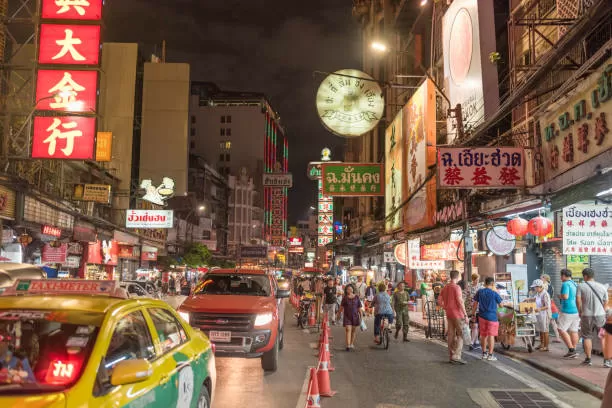Bangkok, Thailand – In a bid to jumpstart its tourism-dependent economy and recapture waning interest from Chinese travelers, the Thai government has proposed a sweeping 13.3 billion baht (approximately USD400 million) tourism stimulus package. With cabinet approval expected on 10 June 2025, the plan is designed to deliver a direct economic injection of up to 267 billion baht, signaling Thailand’s urgent push to regain momentum in a sluggish regional tourism market.
Tourism and Sports Minister Sorawong Thienthong emphasized that the program goes beyond traditional promotional efforts, including substantial investment in infrastructure upgrades across key tourist destinations. “This stimulus package is about long-term capacity building, not just short-term attraction,” he stated.
Administered by the Tourism Authority of Thailand (TAT), the stimulus plan includes over 3 billion baht across three major initiatives: 1.7 billion baht for a domestic co-payment program, 750 million baht in subsidies for charter and scheduled flights, and 800 million baht earmarked for digital marketing through online travel agencies.
Thailand is also prioritizing the recovery of inbound Chinese tourism—a segment that once drove the nation’s visitor numbers but has sharply declined post-pandemic. As of May 2025, arrivals from China reached only 1.95 million, a steep 33% drop year-on-year. In response, TAT has committed 350 million baht to target 15 second-tier Chinese cities with tailored marketing and engagement campaigns, projecting an additional 140,000 Chinese tourists from this push.
Grappling with limited international flight availability, TAT is ramping up collaboration with both domestic and foreign airlines. Among the most anticipated developments is Thai AirAsia X’s plan to inaugurate direct routes from Kazakhstan’s Astana and Almaty to Phuket, further diversifying Thailand’s inbound tourism sources.
Still, challenges remain. Tourist arrivals from all countries totaled 14.3 million during the first five months of 2025—down 2.7% from the previous year—raising concern within government circles. This shortfall arrives despite easing border restrictions and visa requirements across Asia.
Prior to the COVID-19 pandemic, Thailand’s tourism sector contributed over 10% to its GDP, playing a pivotal role in employment and foreign exchange earnings. The country, now the second-largest economy in Southeast Asia after Indonesia, remains heavily reliant on the revival of this sector to anchor broader economic recovery.
Policy analysts note that while the stimulus offers a necessary boost, its success will depend on timely execution, regional air travel normalization, and consumer confidence restoration—particularly among Chinese tourists still cautious about overseas travel.
In this context, Thailand’s strategy reflects a wider ASEAN trend: using fiscal levers to maintain regional competitiveness in the global tourism economy. The package also sends a clear signal that Thailand is not only open for business but actively reshaping its tourism ecosystem with strategic foresight.









